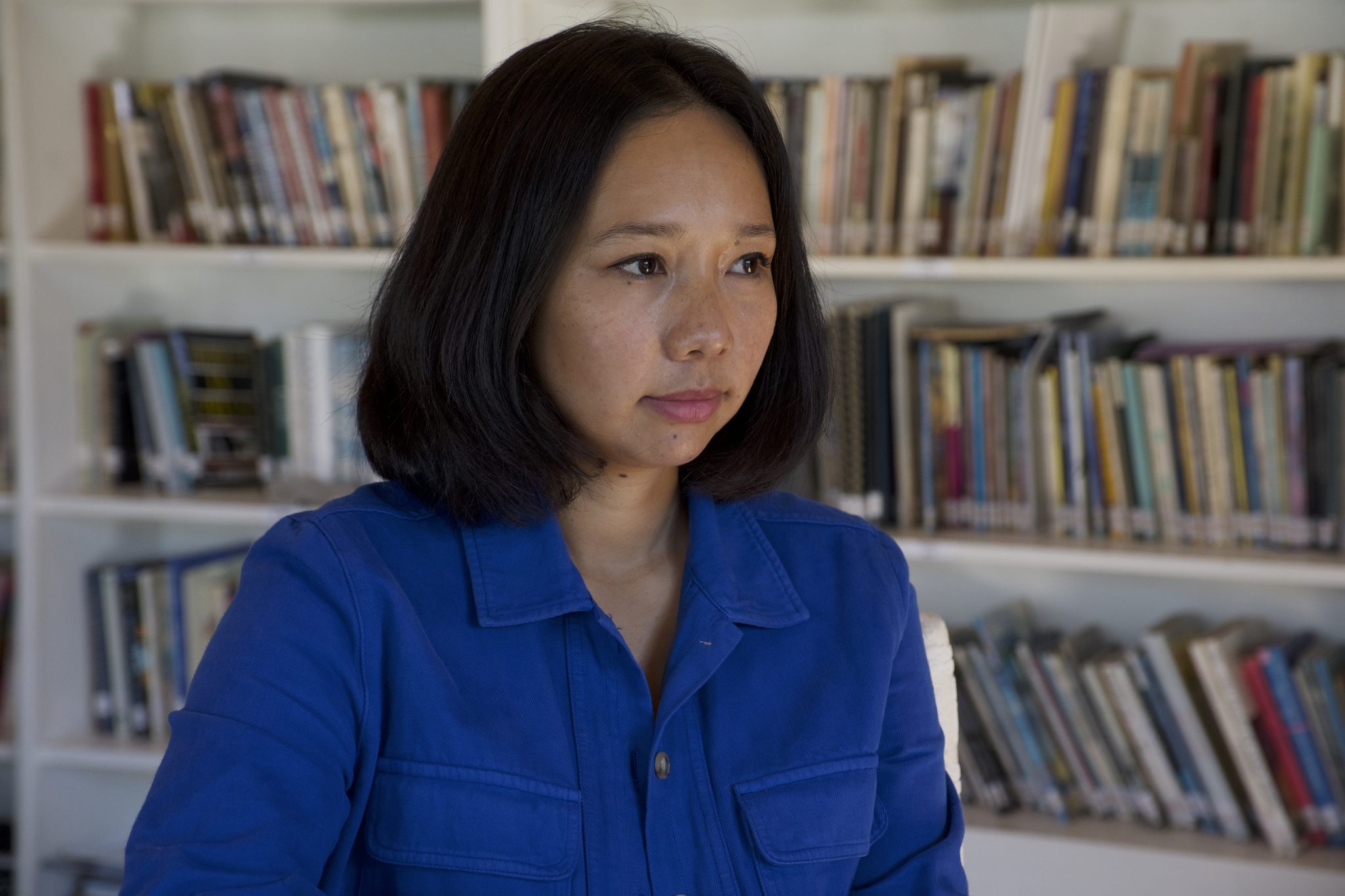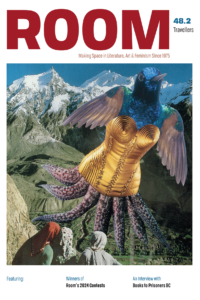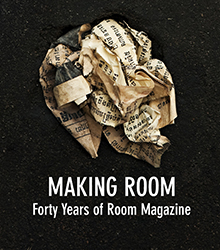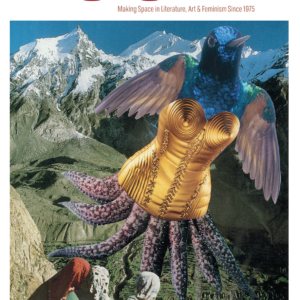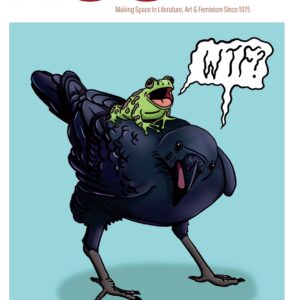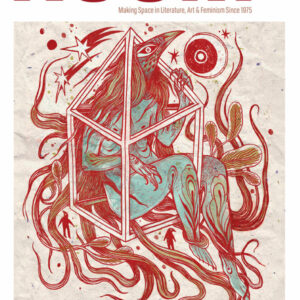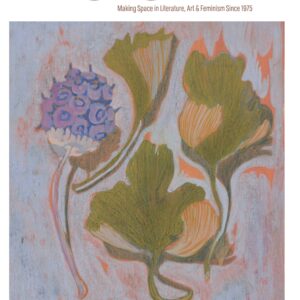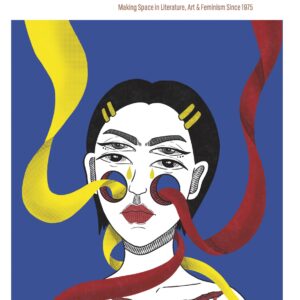This year’s Short Forms Contest judge is the writer, activist, and award-winning author, Tsering Yangzom Lama. Her debut novel, We Measure the Earth with our Bodies, won the GLCA New Writers Award as well as the Banff Mountain Book Award for Fiction & Poetry. It has been nominated for The Giller Prize, The Center for Fiction First Novel Prize, The Carol Shields Prize, The Rakuten Kobo Emerging Writers Prize, The Ethel Wilson Fiction Prize, The Jim Deva Prize for Writing that Provokes, The VCU Cabell First Novel Prize, and The Toronto Book Awards. We Measure the Earth with our Bodies is being published in eight languages and ten countries.
We Measure the Earth with Our Bodies is imbued with a palpable tenderness and reverence for the land, the cultural practices, and the people it represents. The novel is an intergenerational saga spanning 50 years, weaving together the lives and longings of a Tibetan family as they grapple with displacement, exile, and cultural repression under Chinese occupation. Elizabeth Polanco had the chance to chat with Tsering via email about the importance of resistance against the colonial state, advice for debut novelists, and the value of mystery. Room’s Short Forms Contest is open now, until December 31st.
—–
ROOM: I wanted to begin by thanking you for bringing this beautiful book into the world, and acknowledging its ongoing timeliness –– reading your novel in this present moment felt even more impactful, as Tibet and Palestine both struggle for liberation and freedom from colonization.
There was a particular line that was repeated throughout the novel at different times: “We will still be here.” I found it so moving for its defiance, comfort, and hopefulness. It’s a sentiment that exists in the face of displacement, violence, and the physical or cultural erasure of a people, their land, their ways of life, their gods. I would love to hear your perspective on emphasizing this line, and what it means to you.
TSERING YANGZOM LAMA: I am interested in the ways that we can enact a future (and a past) by speaking or writing it in deliberate ways. In moments of crisis, for communities in crisis, these projections of another world are especially powerful and necessary.
When Dolma expresses this sentiment at the end of the novel, she’s not in an ordinary state. She is facing her mortality and powerlessness. She is lost and untethered. But it’s in this moment that she can hear the land and connect with something much bigger, much older than her.
Without giving too much away, I was reaching for a final scene that could transcend the mundane and lift us above the harshness of the present day. It’s a prayer, but it’s also the promise contained within the pain of exile.
ROOM: Down to the title, Tibetan land is ever-present in the novel — it’s personified, written and spoken of with affection, longing, and reverence, and it’s worshipped through prostration. You’ve also described how exile from the very land itself, having land stolen, is a material, bodily experience for Tibetans who cannot return. In one interview, you said: “This is part of colonization, the people and land are separated. And the land is treated as a dead thing, as a resource. I think a lot of ancient peoples and ancient wisdoms don’t hold that view. The connection to land is very deep, and the land is not a dead thing. The land is kin if you’re Indigenous, and contains gods and spirits if you’re Tibetan.” Can you share the importance of conjuring such a visceral characterization of the land, and its relationship to its people?
TYL: I honestly can’t think of anything more important than our relationship with the land and the earth right now. Somewhere along the way, maybe with the modern industrial age but probably long before that with colonialism, we started to treat the land as a dead thing, valuable only for what it can give us. This same ruinous logic has justified the dehumanization, enslavement, and colonization of countless peoples across the centuries. This is why anticolonial movements and environmentalism are so intertwined. We are trying to dismantle different faces (or effects) of the same dynamic.
To write about anything well, we have to pay attention to it for a long time. For this novel, I spent a long time trying to describe the landscapes my characters traverse and to try to capture the meaning and symbolism of these places. This kind of sustained attention on the earth changed me, I think. When I really look at a forest for instance, and I look at soil, trees, bushes, rivers, and all the creatures that live on that land and are kept alive by that land, I don’t know how we can think of the earth as anything but alive, deeply alive, and responsible for all life. I think that a real source of grief in this time, for many of us, is understanding how much beauty surrounds us just as we begin to lose it.
ROOM: In relation to this importance of the land, the novel was informed by personal and familial experiences of exile, along with deep historical, cultural, and religious research. In writing the novel, how did you balance lived experiences and realities of Tibetans with more esoteric histories or cultural practices?
TYL: There’s the saying that the first novel is autobiographical, but this novel took me so long because I did not know the story or characters beforehand, because I was inventing as I wrote. I was also working specifically through the lens of four distinct characters. This presented a challenge because each character felt like a mystery to me for years and years, almost until the final edits. I kept trying to get closer and closer to them, and to do that, I had to get out of the way.
Perhaps this is what Colm Toibin means when he describes a novel as an act of self-suppression and self-abnegation on the part of the writer, when he rejects the novel-as-mirror. I think this is a tremendous challenge for the early writer, and that is the point.
In terms of the research, I let my curiosity lead me to all kinds of places. Whether we’re talking about arcane, esoteric cultural practices or historical research about the early days of occupation, I did not limit the scope of the research. In the end, though, the story itself decides what stays and what gets stored for another time. I had to subsume my desires (including that of wanting to show off what I had learned) to the story.
ROOM: This was your debut novel, and it’s incredibly rich in characterization, history, and detail. There are many characters in this multi-generational story of kin, each of them with a specific sense of humour or faith; they hold dreams, pain, joys, aspirations, contradictions, changing relationships to one another. As a writer, were you ever overwhelmed by the sheer scope or breadth of the novel while you were working on it? Do you have any advice for writers tackling their first novel?
TYL: I guess I was fairly naive because I never intended the book to get as large as it did. I did not plan to have so many characters or storylines, nor so much time and space. All the various themes found their ways in as I researched, or they came in very very gradually, almost subconsciously. But the world I’m portraying is really large and rich, so looking back, I guess it’s not too surprising that I would draw so many threads into this novel.
My advice to debut novelists is to give your work the time it needs. Some people might write two or three books while you labour away at your first. In the long run, that won’t matter. Research the things that interest you and figure out ways to enrich your work through them. Always leave yourself open to things you don’t understand yet and might never understand. Writing is a lot of contemplation and grappling with your mind, your experiences, and the world. Give yourself the time and freedom you need.
ROOM: Along with your writing, you also co-founded Lhakar Diaries, a digital platform for Tibetan voices in Tibet, and outside of it. Can you speak to the history and significance of its name, and how its readers can engage with Tibetan culture and resistance?
TYL: In 2008, as Chinese repression intensified in the lead-up to the Beijing Olympics, people of all ages across historical Tibet spontaneously rose up in protests. People called for the return of the Dalai Lama (who has been living as a refugee in northern India since he went into exile in 1959), for human rights, and for freedom from Chinese occupation. These protests were astounding to many people (including the Chinese regime) because even a brief peaceful protest can land a Tibetan in prison for decades. But they were also surprising because many assumed that Tibetans had finally accepted Chinese rule. After the uprising, the Chinese state unleashed a brutal crackdown with thousands detained, killed, and disappeared.
Tibetans then began asserting their cultural identity through a self-reliance movement called Lhakar. Lhakar means “white Wednesday,” for the day the Dalai Lama was born. Every Wednesday, Tibetans in Tibet would wear Tibetan clothes, eat at Tibetan restaurants, speak Tibetan, etc., to express themselves without protesting.
Those of us living in exile were inspired by their resistance. A few of my friends and I decided to launch Lhakar Diaries. We wanted to have a space where we could engage in the same practices as our kin in Tibet, celebrating Tibetan identity and culture. In the years since, the Lhakar movement has grown and evolved with Tibetans across the diaspora gathering every Wednesday to do traditional dances, demonstrate, and more.
If readers are looking to engage with the Tibetan movement, there are many possible paths. If they’re students, they can connect with Students for a Free Tibet, or the International Campaign for Tibet if they’re older. But there are many more non-profit groups they can connect with through the International Tibet Network. Readers can also travel to Dharamsala, India, which is the heart of exile Tibetan life, where they can enrol in classes, volunteer, and more.
ROOM: Characters in the novel long for a time beyond their present one — “in the next life”. They wish for lifetimes beyond occupation and generational trauma, for safety, comfort, and freedom for everyone. Lhamo wishes for her daughter to live beyond repression, to be able to communicate and speak openly in a way that she, along with those of her generation, didn’t have the language for. There is so much imagination and hope for the next generation to live, speak, and move freely. I’d love to hear the significance of these themes — hope, and the reimagining of a better world — in the novel, and how they resonate for you.
TYL: I think of these hopes and aspirations as expressions of love. Growing up, I felt a lot of love, both in my family and within my community. I always had an ambient sense of care and compassion from elders, even from strangers. So this aspect of my novel was not consciously constructed. I was only evoking something that I have known to be true.
ROOM: One last question: as the judge for this year’s Short Forms contest, I’m curious to know what you find most compelling in a piece of writing — regardless of its length!
TYL: I look for a sense that the writer is working with intention. I am taken by prose that is carefully crafted, but not self-indulgent, though I think self-indulgence is better than a purely mechanistic approach. I look for the sense that the writer felt joy in composing the story, that the writer took pleasure in rendering and exploring the story.
Finally, I find a sense of mystery in the texts that I like, something left unsaid, unexplored, unexplained. I think I like this for so many reasons but I also just feel it’s closer to how life is. We have so many unanswered questions we live with each day. They’re always there. I like when a story is true to that sense of unknowing that is part of being human.
—-
